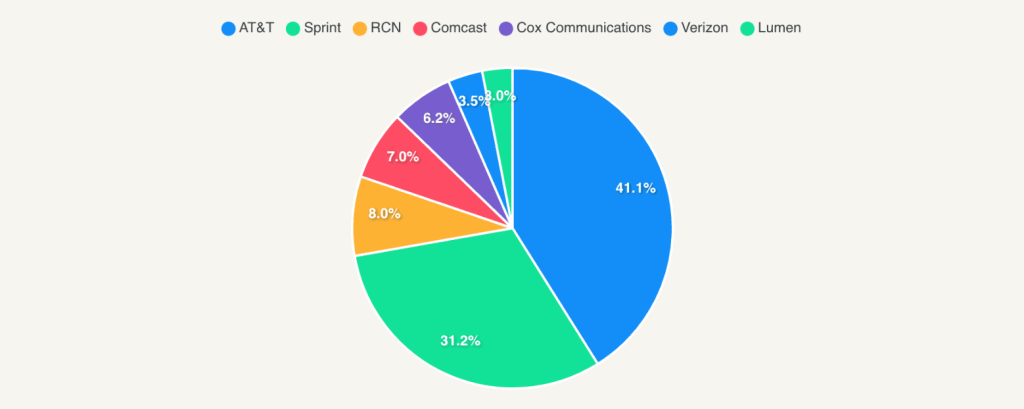New data shows that proxies can access bot-protected websites 99.8% of the time while improving the download speed up to 30 MB/s. However, there aren’t many technologies that promise very few connection errors.
Proxyway, a leading researcher of web scraping infrastructure, tested thousands of ISP proxies and discovered that major providers offer addresses under the largest American ASNs – greatly improving chances to bypass different anti-bot mechanisms.
Proxyware reports its findings here.
Managing multiple e-commerce accounts on Amazon or buying limited edition items from brands like Nike can be cumbersome without a masked identity or a reliable connection.
Such websites implement security measures to prevent bots from entering so buyers need to use various technologies to ensure uninterrupted access.
Proxies allow users to hide the original IP and simulate multiple connections from different locations.
In particular, ISP proxies are used for faster connections and hard-to-detect addresses.
According to Proxyway’s research, ISP services work nearly without fail – the connections succeed 99.8% of the time, promising very few connection errors.
ISP Proxies Set the Standard for Download Performance
When buying limited edition items, users need to speed up and stay anonymous. Such drops often sell out within minutes with some products reselling for hundreds or even thousands of dollars above their retail price.
An unstable connection and an easily detectable address – for example a VPN – can make the shopping slow and unsuccessful.
Proxyway tested thousands of ISP addresses. The median response time was 0.64 seconds, which is 35% faster than residential proxy servers and 25% quicker than rotating datacenter proxies.
What’s more, the median download speed of the major ISP proxy services was 10.57 MB/s. The fastest provider reached over 30 MB/s on average and beat the download speed without proxies.
ISP proxies are also very hard to detect, so they excel against protected targets when there’s a need for consistent identity – for example, when creating and managing multiple e-commerce accounts.
While these platforms often rely on browser fingerprinting, having a good IP reputation helps keep the accounts safe.

Leveraging ASNs for Fighting Anti-Bot Systems
Popular websites use anti-bot systems to protect their platforms from automated programs. According to data, bad bots comprise over 30% of Internet traffic, mainly targeting e-commerce websites. This hinders user efforts to collect publicly available data or access limited edition items before they sell out.
Anti-bot systems scan ASNs (Autonomous System Numbers) because they provide information about an IP address’s origin and ownership. By matching ASNs with ISPs (Internet Service Providers), these systems assess whether an IP address is legitimate.
For example, IPs associated with major ASNs like Comcast and AT&T are more likely to be trustworthy and less suspicious compared to IPs from less-known companies.
Therefore, understanding the ASN-ISP match helps anti-bot systems distinguish between real users and bad bots. Of course, factors like IP usage history and browser fingerprint also matter.
Proxyway looked for IPs under the 10 largest American ASNs, such as Comcast, Charter, AT&T and Verizon. The results showed that some providers prioritize having IPs from major ASNs, while others focus on IP quantity to ensure quality through a cleaner usage history.
The Bottom Line
Websites like Nike implement security measures to prevent bots from purchasing, particularly during limited edition sales. These measures include IP address monitoring and checking the IP addresses based on association with major ASNs.
ISP proxies emerged as a tool for high download speeds and almost 100% connection success rates.
What’s more, ISP addresses can bypass different anti-bot mechanisms and provide users with hard-to-detect IP addresses.
Click below to share this article

